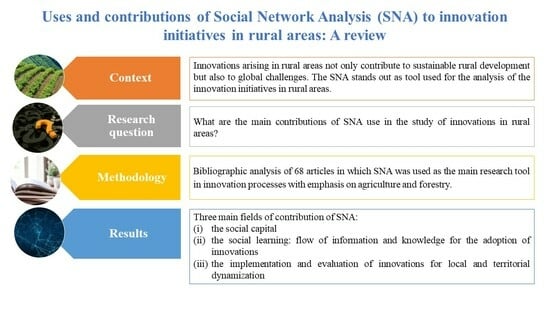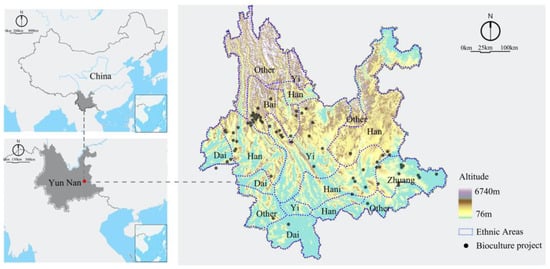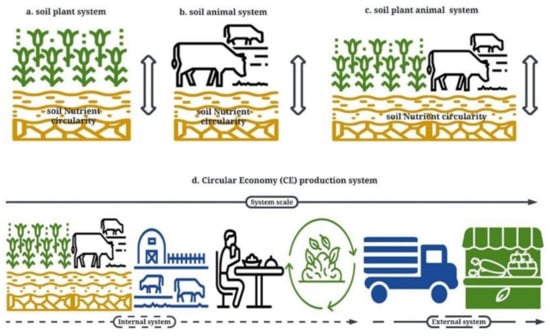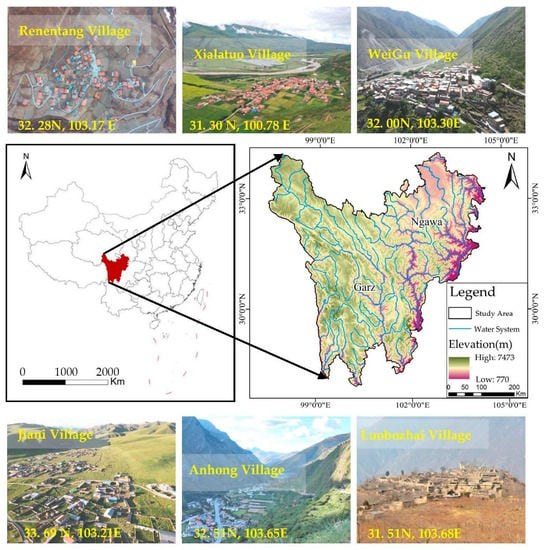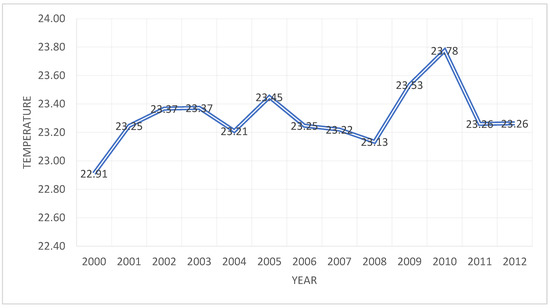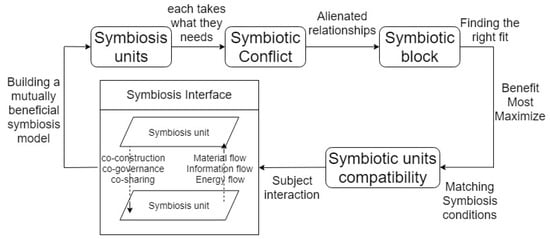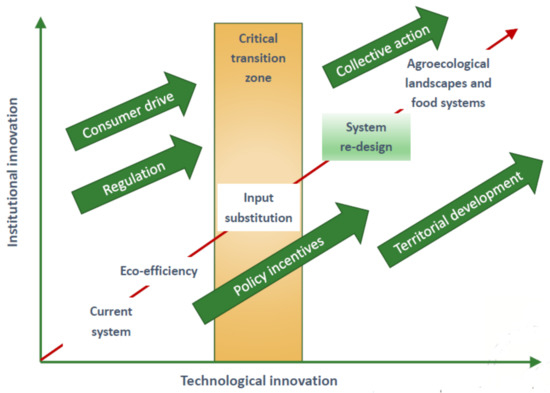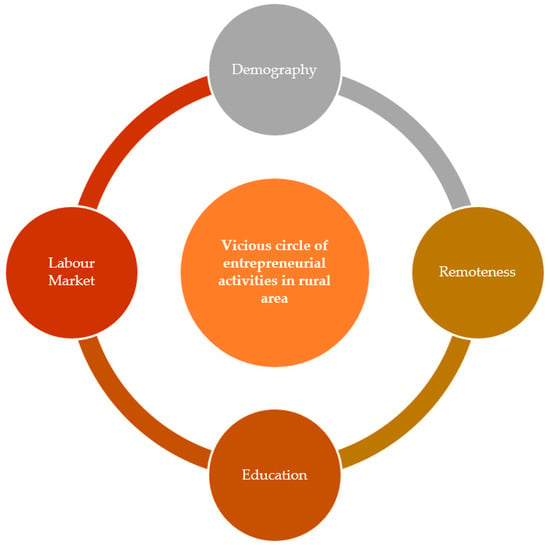Rural Policy, Governance and Sustainable Rural Development
A topical collection in Sustainability (ISSN 2071-1050). This collection belongs to the section "Sustainable Agriculture".
Viewed by 29876Editors
Interests: agricultural knowledge and innovation systems; consumer behavior; innovation in rural areas; rural development policies; organic farming
Interests: sustainable rural development; rural entrepreneurship; agricultural knowledge and innovation systems; alternative food networks and rural development
Special Issues, Collections and Topics in MDPI journals
Interests: agri-food policy fisheries; aquaculture innovation adoption agricultural economics
Special Issues, Collections and Topics in MDPI journals
Topical Collection Information
Dear Colleagues,
Recent documents concerning rural development (Green Deal, From Farm to Fork Strategy, CAP 2023–2027) have depicted an innovative scenario to address sustainable rural development by calling for new place-based approaches to support agricultural transition and more resilient development of agriculture in rural areas. As emphasized in the long-term vision for rural areas, diversified trajectories may characterize future development of rural contexts, depending on the different variables to be taken into account. From a theoretical point of view, the analysis of sustainable rural development is influenced by multiple interrelated dimensions making up the so-called “rural web” (Marsden, van der Ploeg, 2008), such as the capability of exploiting endogenous resources, the relevance of social capital and collective action, new approaches to innovation based on novelties, market governance and new institutional arrangements. Against this background, dramatic change affects the evolution of the agrifood systems, which can be synthesized by three keywords, as identified by Klerkx (2020):
- Transformation and transition towards more agroecological systems, grounded on sustainable farming upgrading resilience capability;
- Disruption of previous agricultural models replaced by new “disruptive” technologies (for instance, digitalization), bringing about new visions of innovation in farming activities and rural areas;
- Plurality of agricultural worlds and diversified paths of rural development.
As a consequence, more reflexive and disruptive rural governance may emerge, drawing on multiple actors and multiple levels of perspectives. How to shape future rural systems to obtain a safe operating space is becoming a key question for researchers and policy makers. Knowledge and innovation are identified as priority tools to facilitate the transition. New networks of actors from science, business, civil society, and government co-produce technological, social, and institutional innovations that co-shape these future agricultural and rural systems. More specifically, more complex Agricultural Knowledge and Innovation Systems (AKIS) seem able to facilitate the transition.
The Special Issue aims to explore the complexity of rural evolution, the role of rural policies in addressing rural change and the capability of agriculture to tackle agroecological transition, with the goal of supporting more resilient farming systems.
In this Special Issue, original research articles and reviews are welcome. Research areas may include (but not limited to) the following:
- The role rural policies as tool to support sustainable rural development Green Deal, From Farm to Fork, CAP 2023–2027:
- Agroecological transition
- Rural and agricultural resilience
- Smart rural areas
- Multifunctional agriculture
- Rural entrepreneurship
- Networks and rural stakeholders’ evolution
We look forward to receiving your contributions.
Dr. Teresa Del Giudice
Prof. Dr. Marcello De Rosa
Dr. Yari Vecchio
Collection Editors
Manuscript Submission Information
Manuscripts should be submitted online at www.mdpi.com by registering and logging in to this website. Once you are registered, click here to go to the submission form. Manuscripts can be submitted until the deadline. All submissions that pass pre-check are peer-reviewed. Accepted papers will be published continuously in the journal (as soon as accepted) and will be listed together on the collection website. Research articles, review articles as well as short communications are invited. For planned papers, a title and short abstract (about 100 words) can be sent to the Editorial Office for announcement on this website.
Submitted manuscripts should not have been published previously, nor be under consideration for publication elsewhere (except conference proceedings papers). All manuscripts are thoroughly refereed through a single-blind peer-review process. A guide for authors and other relevant information for submission of manuscripts is available on the Instructions for Authors page. Sustainability is an international peer-reviewed open access semimonthly journal published by MDPI.
Please visit the Instructions for Authors page before submitting a manuscript. The Article Processing Charge (APC) for publication in this open access journal is 2400 CHF (Swiss Francs). Submitted papers should be well formatted and use good English. Authors may use MDPI's English editing service prior to publication or during author revisions.
Keywords
- rural development policies
- rural governance
- rural and agricultural innovation
- agroecological transition
- resilience of the farming systems
- quality agrifood products
- digitalization of rural areas
- multifunctional agriculture
- agricultural knowledge and innovation systems (AKIS)
- rural networks and stakeholders








